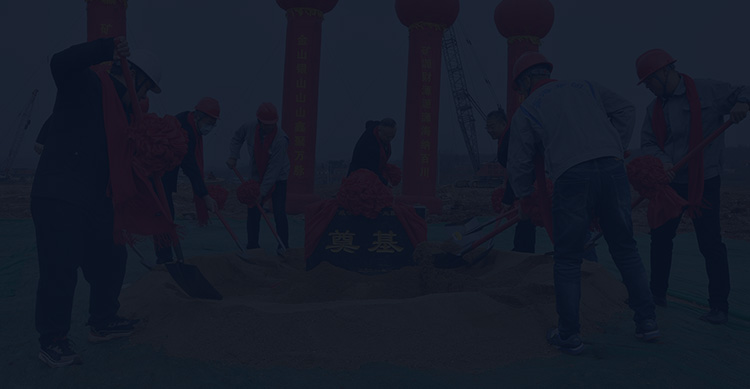
Xinjiang, China, has rich metal mineral resources with complex and diverse metallogenic patterns. Influenced by intricate geological structures, frequent magmatic activities, and intense metamorphism, the region has formed a wide distribution of various metal ores, including iron, copper, lead, zinc, gold, and phosphorus.
Due to significant differences in ore properties, different beneficiation methods are required for minerals to achieve efficient resource utilization.
Ore Types: Xinjiang's iron ores are primarily magnetite and hematite, which may occur as single minerals or in mixed symbiotic forms. Common gangue minerals include quartz, calcite, mica, and epidote.
Distribution Areas: Iron resources are widely distributed in regions such as Hami, Tianhu, Altay, South Altay, East Tianshan, and West Tianshan.
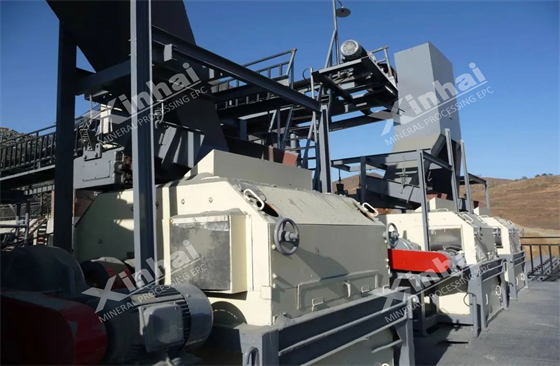
Beneficiation Methods:
(1)Magnetic Separation: Suitable for magnetite beneficiation. Due to its strong magnetism, magnetite can be effectively separated from non-magnetic minerals through magnetic fields. This process is efficient and straightforward and is currently the primary method for treating magnetite.
(2)Flotation: Mainly used for fine-grained or weakly magnetic hematite. Depending on ore properties, direct or reverse flotation processes can be applied. Common reagents include animal/vegetable fatty acid soaps, oxidized paraffin soap, crude tall oil, chlorinated petroleum, kerosene, sodium petroleum sulfonate, and corn starch.
(3)Combined Processes: For weakly magnetic hematite or complex magnetite containing multiple metals, combined processes such as low-intensity magnetic separation-flotation, high-intensity magnetic separation-flotation, low-intensity-high-intensity magnetic separation, high-intensity magnetic separation-gravity separation, and roasting-magnetic separation are typically employed. The process design should be optimized based on ore dissemination size, mineral composition, and grade.
Ore Types: Xinjiang's copper ores include sulfide, oxide, porphyry, sandstone-type, and copper-nickel sulfide ores. Gangue minerals mainly consist of quartz, calcite, dolomite, chlorite, and feldspar.
Distribution Areas: Copper resources are concentrated in the Altay Mountains, Tianshan Mountains, Jingzhi-Wushi area, and the eastern Pamir-Karakoram region.
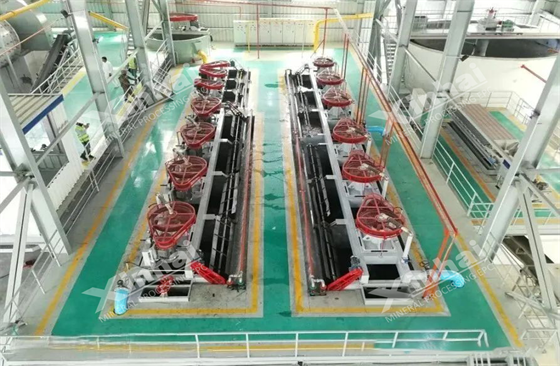
Beneficiation Methods:
(1)Flotation: The primary method for copper ore beneficiation. Single sulfide copper ores can be used for single-stage grinding-flotation, single-stage grinding-rough concentrate regrinding-recleaning, or two-stage grinding-two-stage (or single-stage) flotation. Oxide copper ores may be treated with fatty acid flotation, amine collector flotation, chelating agent-neutral oil flotation, or emulsion flotation.
(2)Complex Sulfide Ores: For low-grade copper ores with complex intergrowths of chalcopyrite, sphalerite, and galena, a flotation-mixed concentrate separation process is adopted. This involves coarse grinding and roughing to discard significant amounts of gangue, obtaining a copper-lead-zinc mixed concentrate before further separation to produce a pure copper concentrate.
Ore Types: Xinjiang's lead-zinc ores are predominantly sulfide, with galena and sphalerite as the main minerals, often associated with gangue minerals such as quartz, clay, shale, and calcite.
Distribution Areas: Lead-zinc resources are concentrated in the western Tianshan Mountains, the eastern Pamir Plateau, and the Atushi region.
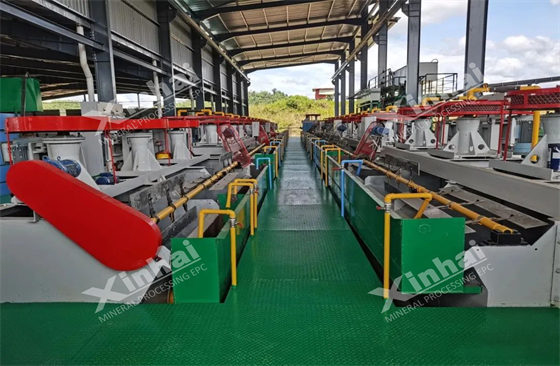
Beneficiation Methods:
Flotation: The most common method for lead-zinc ore beneficiation. By adding flotation reagents, lead-zinc minerals become hydrophobic and attach to bubbles, separating from the gangue. The process typically involves bulk lead-zinc flotation followed by lead-zinc separation to obtain lead and zinc concentrates. Depending on ore properties, flotation flowsheets include preferential flotation, bulk flotation, partial bulk flotation, and equal-floatability flotation.
Ore Types: Xinjiang boasts abundant gold resources, including rock gold ores, quartz vein ores, oxide ores, vein gold ores, and placer gold ores. Gangue minerals mainly include quartz, sericite, calcite, clay, carbonates, amphibole, and chlorite.
Distribution Areas: Gold resources are widespread across Xinjiang, with significant deposits in the Altay Mountains, western Junggar Mountains, Fuyun, Qinghe, and the central-eastern Tianshan region.
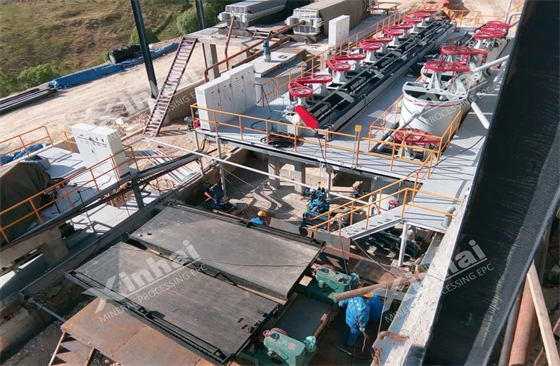
Beneficiation Methods:
(1)Gravity Separation: Suitable for placer gold, alluvial gold, and some oxide gold ores in primary beneficiation. It is also used for coarse free gold recovery before or after flotation/cyanidation, with a lower recovery limit of 0.01 mm. Standard equipment includes jigs, shaking tables, and spiral chutes. Combined processes such as gravity-cyanidation or gravity-flotation can enhance gold recovery and utilization.
(2)Flotation: Effective for gold-bearing sulfide ores and polymetallic ores with strong floatability. Flotation recovers fine gold efficiently and enables comprehensive recovery of gold, copper, lead, and other metals. Common flowsheets include flotation-concentrate cyanidation, flotation-concentrate thiourea leaching, and flotation-concentrate roasting-high-acid washing-cyanidation.
(3)Cyanidation: A primary gold beneficiation method, divided into agitation cyanidation and percolation cyanidation. Agitation cyanidation is mainly used for flotation gold concentrates or whole-ore cyanidation, while percolation cyanidation treats low-grade oxide gold ores.
Ore Types: Xinjiang's phosphate ores are primarily cellophane and apatite, with gangue minerals such as chert, chalcedony, hydromuscovite, minor calcite, chlorite, quartz, and feldspar.
Distribution Areas: Mainly concentrated in the Kuruktag mineral cluster.
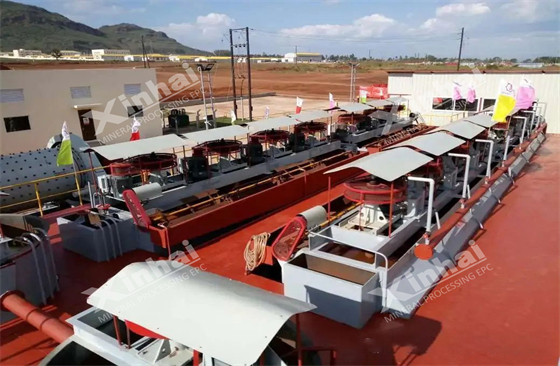
Beneficiation Methods:
(1)Gravity Separation: Utilizes heavy-medium cyclones with dense suspensions (e.g., ferrosilicon) for separation. The process typically involves desliming, followed by roughing and cleaning. Due to the similar densities of phosphate and gangue (e.g., calcite, dolomite, quartz), gravity separation often fails to meet concentrate standards and is usually a pretreatment step.
(2)Flotation: A standard method for phosphate beneficiation, including direct flotation, reverse flotation, direct-reverse (reverse-direct) flotation, and double reverse flotation, depending on ore properties.
Ore Types: Mainly pegmatite granite ores containing lithium, niobium, tantalum, and beryllium, with minerals such as spodumene, beryl, columbite-tantalite, manganotantalite, and microlite. Gangue minerals are primarily quartz and feldspar.
Distribution Areas: Primarily found in the Altay region, including the Koktokay No. 3 pegmatite, Kelumute deposit, and the Daxiao Halasu mines.
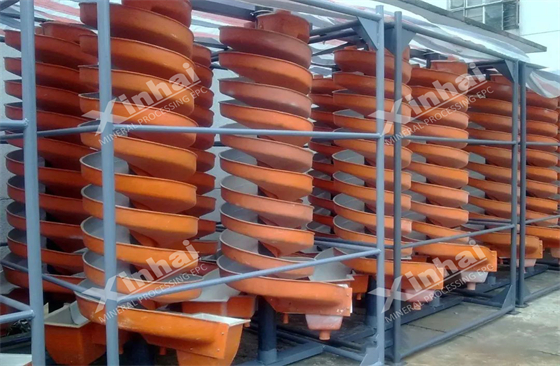
Beneficiation Methods:
Combined processes such as gravity separation, flotation, magnetic separation, and electrostatic separation are employed to recover multiple valuable elements (e.g., Li, Nb, Ta). Typical flowsheets include coarse grinding-gravity separation for Nb-Ta recovery and regrinding-flotation for Li-Be recovery.
Mixed soap collectors are added during flotation to enhance lithium and beryllium recovery. At the same time, tantalum and niobium can be enriched in lithium concentrates for efficient resource utilization.
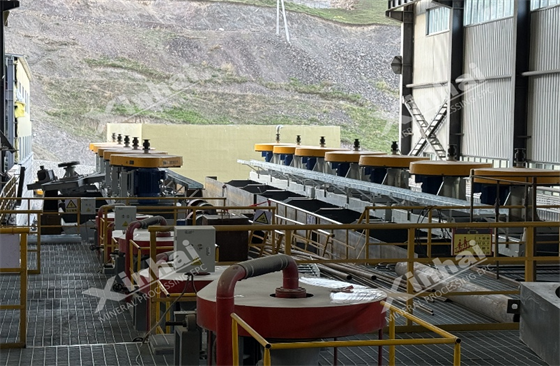
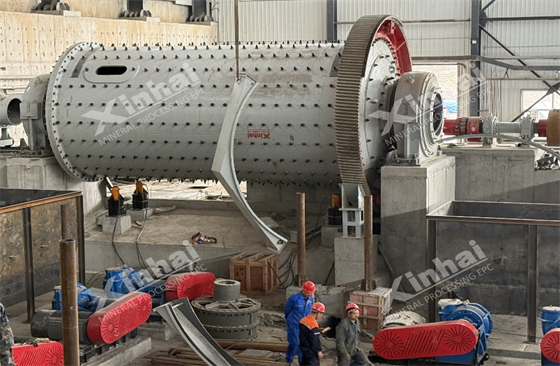
[Xinhai Case] Xinjiang 2 million t/a gold mine expansion flotation plant
Conclusion
Xinjiang's metal mineral resources are a precious gift from nature. They feature abundant and diverse deposits of iron, copper, lead, zinc, gold, and other ores with complex dissemination and wide distribution. Conducting systematic beneficiation tests and scientifically designing process flows based on ore characteristics can significantly improve resource recovery rates, enabling efficient, green, and sustainable utilization of mineral resources.
Xinhai Mining Research Institute has obtained CNAS international certification, has a first-class industrial-level pilot base, and completes more than 180 experimental research projects yearly, with experimental capacity reaching an international advanced level. Welcome to consult and customize the technical solutions for your mine!
To find out more about our products and solutions, please fill out the form below and one of our experts will get back to you shortly.